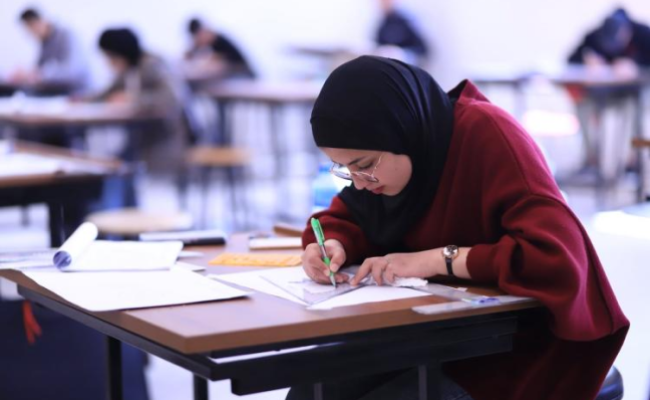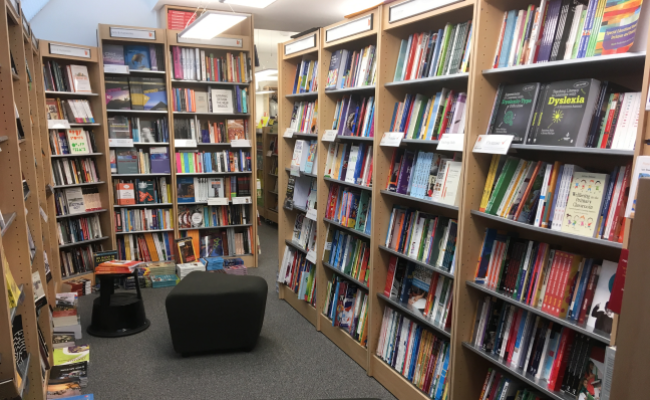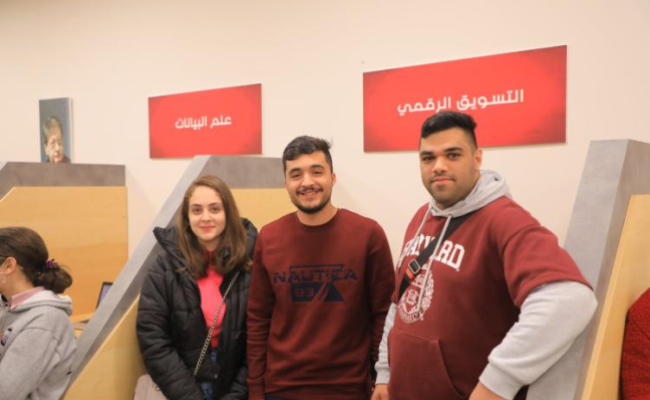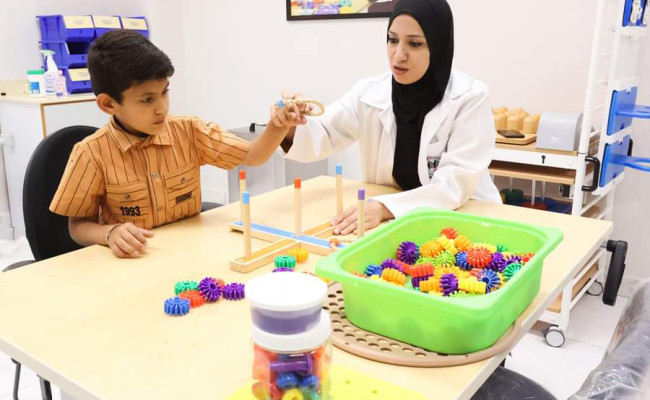Introduction: In general, undergraduate university students in the north of Jordan have a low level of physical activity.
Objectives: To examine the physical activity level, perceived barriers and benefits to physical activity, and the contributing factors among university students in north of Jordan.
Methods: A cross-sectional study design was used, and data was collected from 235 university students through a self-reported
questionnaire. The International Physical Activity Questionnaire (IPAQ) was utilized to calculate the amount of physical activity,
while the exercise benefits and barriers scale (EBBS) was used to measure the perceived benefits and barriers of physical activity.
Results: According to the findings, less than half of the students (48.1%) reported engaging in physical activity. Several factors were
found to be significantly related to higher levels of physical activity, including being younger, single, having a normal body weight, and
reporting excellent health status. Logistic regression analysis revealed that overweight (OR=−0.068, 95% CI 0.025–0.183) and
obese (OR=−0.250, 95% CI 0.068–0.924) were less likely to be physically active, while those who rated their health as excellent
had higher rates of physical activity (OR=3.590, 95% CI 1.263–10.201). The students agreed most strongly with the perceived benefit item “Exercise improves the way my body looks,” while the perceived barrier item they identified most strongly with was “There are too few places for me to exercise.”
Authors
Abdullah Alkhawaldeh
Asem Abdalrahim
Mohammed ALBashtawy
Ahmad Ayed
Omar Al Omari
Sa’d ALBashtawy
Mohammad Suliman
Islam Ali Oweidat
Haitham Khatatbeh
Hasan Alkhawaldeh
Khloud Al Dameery
Mahmoud Alsaraireh
Nisser Alhroub
Pages From
1
Pages To
9
ISSN
2377-9608
Journal Name
SAGE Open Nursing
Volume
10
Issue
0
Keywords
physical activity, university students, barriers, benefits, International Physical Activity Questionnaire
Abstract






